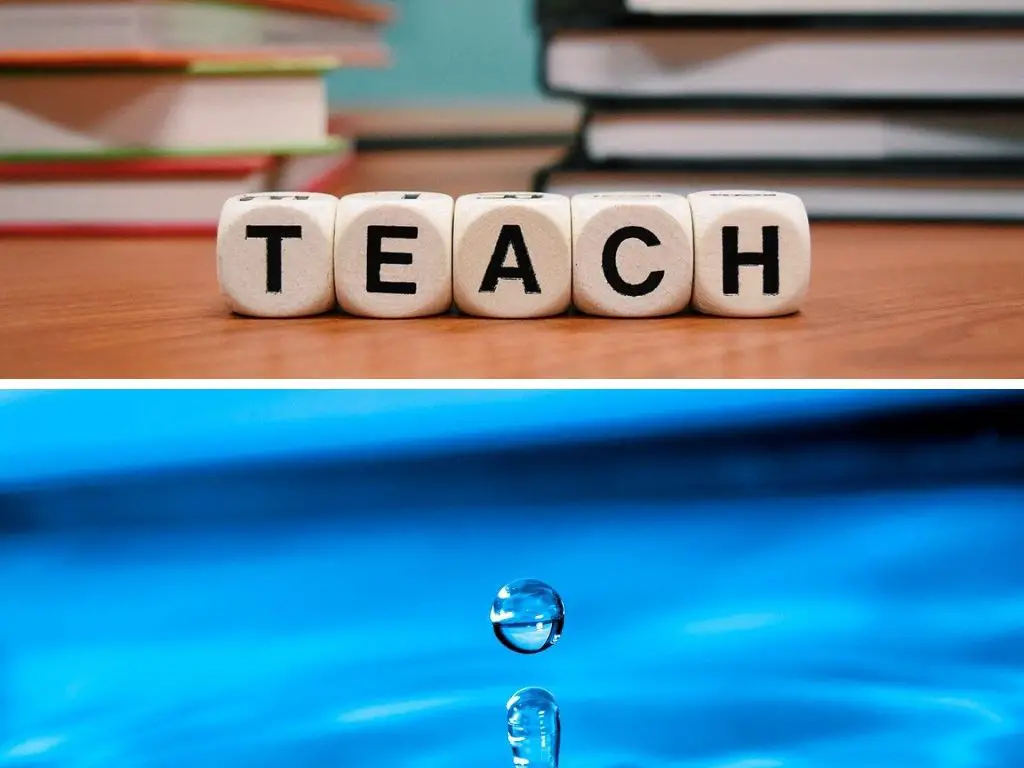Saving water might be one way for a school to practice sustainability, and in the guide below, we list some ways schools may manage water more sustainably.
We’ve split it up into the categories of food and food waste, indirect water use, and direct water use.
(Note – this guide contains general information only. Schools, teaching staff, and parents should do their own due diligence and make their own decisions as to what the best practices are for schools, their students and workers)
Summary – Saving Water At School
Saving Water Is Dependent On Different Factors & Variables
How much water can be saved at schools is dependent on different factors
There are factors that teaching staff and students can directly influence themselves
But, there may also be external factors that prevent schools from saving as much water as they potentially could.
For example, school financing budgets, and needing certain decisions to be made by upper management could be limiting factors
Main Areas Where Schools Might Save Water
The ways schools can save water might be categorised in the areas of food and food waste, direct water use, and indirect water use (we previously discussed the direct and indirect water use, or, the visible and invisible water we use in daily life in another guide)
Another obvious solution is that schools can include it in their curriculum to start teaching students about water sustainability on an individual level, and also a society wide level.
Short of implementing water strategies at schools, students are then at least aware of how they might be able to do so in their own lives away from school (in consultation with their parents or guardians), and are aware of how water might be able to be better saved across society
Food, & Food Waste
As individuals, perhaps the largest portion of our daily water footprint is our food water footprint.
There may be more awareness about:
– Considering The Water Footprint Of Different Foods & Food Diets
The foods we eat each have a water footprint – i.e. different foods take different amounts of water to produce.
There may be education and awareness around these water footprints of different foods and food diets.
Some types of diets like diets heavy in some types of animal meat and animal products may be more water intensive than some other types of diet.
Some snacks like some chocolate bars may be more water intensive than some other snacks like a banana for example.
Some beverages like some fruit juices may be more water intensive than regular water.
Obviously, important considerations that impact health, such as proper nutrition and dietary requirements, and allergies of individual students, should still be a priority over saving water in an individual’s food diet.
But, water footprint in foods is something that there might be more awareness about.
– Considering Food Waste
Throwing out food instead of storing it as leftovers to eat later, or storing it in a way it’s more likely to expire, are just two of the ways we might waste food.
More education about eating the foods that we buy, and wasting or throwing out less food might be the focus here.
Both parents and students have a role to play here with selecting foods that will definitely get eaten, and not be wasted.
Indirect Water Use
The products and services we use everyday have a water footprint.
Indirect water use includes the water used at another stage of the product or service lifecycle separate to the stage we use it at.
One of the best examples of this is the electricity schools use for lighting and power.
There’s an indirect water footprint for both of:
– The type of energy source use to supply the electricity – each one has a different water efficiency.
So, schools might choose to use an electricity supplier with a higher water efficiency rating
– How much electricity is used
Which can come down to things such as installing timers for lighting, and using energy efficient power fixtures and technology.
One example might be that burning a compact fluorescent bulb for the same amount of time [as an incandescent one] might save about 2,000 to 4,000 gallons of water per year according to some reports
Direct Water Use
Water Use
There’s several ways water is used directly at schools.
A few examples are:
– Drinking and washing taps, and also toilet facilities for staff and students
– Schools may also have lawn areas and sporting fields that need watering from irrigation and watering systems
Installing water efficient fixtures for drinking and washing, and also toilet facilities, and also water efficient irrigation systems, are just two examples of ways water might be saved in these instances
Water Leaks
Another way might be to monitor and fix water leaks around the school in a more thorough and timely manner
Sources
1. https://www.bettermeetsreality.com/how-we-can-use-water-more-efficiently-sustainably-as-individuals-as-a-society/
2. https://www.bettermeetsreality.com/how-to-save-water-in-daily-life-simple-steps/
3. https://www.bettermeetsreality.com/how-much-water-different-energy-electricity-production-sources-need-use-water-footprint/
','' ); } ?>